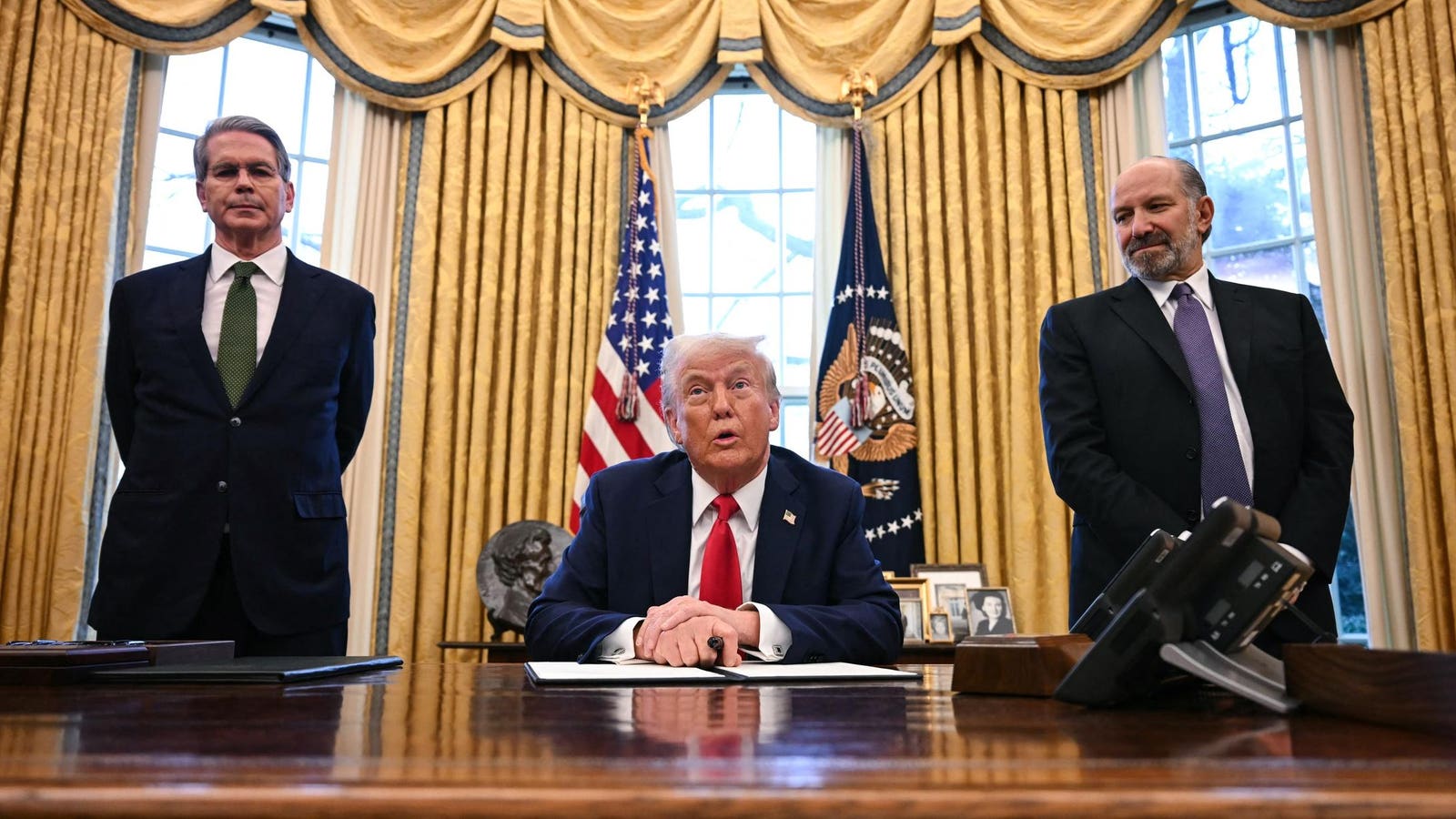Money
Nine Guiding Principles For A U.S. Sovereign Wealth Fund

The Potential of a U.S. Sovereign Wealth Fund: A Strategic Overview
1. Introduction to Sovereign Wealth Funds
In a move to enhance U.S. fiscal strategy, President Trump signed an executive order to develop a federal Sovereign Wealth Fund (SWF). An SWF is a state-owned investment fund that uses revenue from various sources to invest in global markets, aiming to secure long-term financial stability without relying solely on taxes or debt. This initiative mirrors successful models in Norway, which boasts a $1.7 trillion fund, and in U.S. states like Alaska and Texas, where resource revenues are harnessed for investment income.
2. Current State and Planning
The next 90 days are critical as the Treasury and Commerce Departments draft a plan for the SWF, focusing on structuring, funding, and management. Key considerations include asset selection, investment strategy, and preventing political favoritism. This planning phase is essential to ensure the fund’s effectiveness and integrity.
3. Guiding Principles for Success
To ensure the SWF operates effectively, several principles are proposed:
- Monetize Underutilized Assets: Leverage federal assets such as land and mineral rights to generate capital, avoiding reliance on taxes or debt.
- International Investments: Focus on global markets, especially developing economies, to maximize returns and avoid domestic market interference.
- Passive Investment Approach: Adopt a model like Norway’s, avoiding active roles in corporate governance to prevent political influence.
- Clear Goals and Benchmarks: Establish defined objectives and performance metrics for disciplined decision-making and evaluation.
- Debt Reduction: Allocate a portion of returns to reduce the national debt, enhancing fiscal health.
- Independence from Politics: Ensure an independent board manages the fund, shielding it from political agendas.
- High-Risk Ventures: Invest in cutting-edge technologies and infrastructure, positioning the U.S. as an innovation leader.
- Transparency and Accountability: Maintain public trust through regular audits and clear reporting.
- Withdrawal Limits: Implement caps to prevent depletion for short-term gains, ensuring long-term growth.
4. Strategic Opportunity
The U.S. SWF presents a significant opportunity to reduce debt and stabilize the budget, emulating successes in countries like Norway, China, and Saudi Arabia, and states like Alaska. Proper management is crucial to avoid political misuse and ensure long-term benefits.
5. Conclusion
The establishment of a U.S. SWF is a promising strategy, offering potential economic benefits and innovation leadership. However, success hinges on disciplined implementation, independence, and transparency. With careful planning, the SWF could be a transformative fiscal tool, enhancing U.S. economic resilience and stability.
This structured approach ensures a comprehensive understanding of the SWF’s potential, balancing opportunity with cautious planning to avoid pitfalls.











